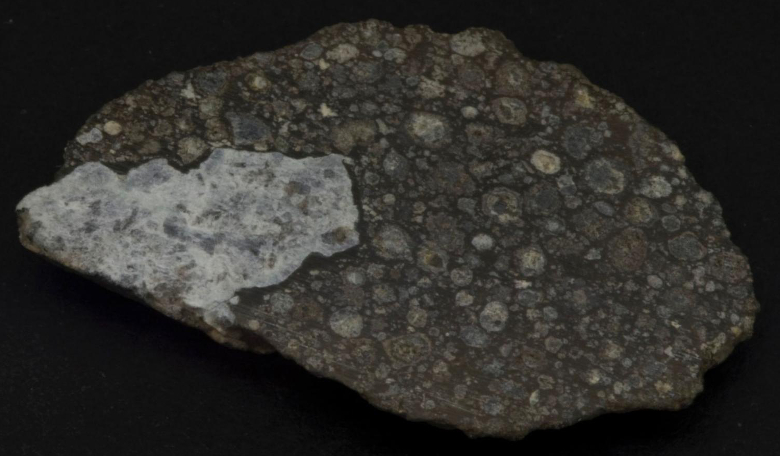A long-held theory of how the Earth formed has been given a shake-up as scientists find that a particular element found in the Earth’s mantle was already in place before melting processes occurred in the Earth’s early history.
It is widely accepted that after the Earth formed via a process known as core accretion (whereby proto-planetary bodies grow to massive sizes through the accretion of material from the proto-planetary disc), it underwent a process known as differentiation.
During this process, a newly coagulated planet warms up and different chemical elements start to separate - heavy elements sink to the bottom, while lighter elements are pushed to the outer layers. A number of chemical changes also take place due to the heat generated by an abundance of radioactive elements and through gravitational pressure of the evolving planet.
Indeed, small variations in isotopes* of different chemical elements found on Earth and in stony meteorites, in particular samarium and Neodymium-142 (142Nd), an isotope of the chemical element neodymium, have in the past been used to corroborate the hypothesis that Earth underwent a differentiation process within the first 30 million years of its history.
Now, however, a new study by cosmochemist Audrey Bouvier from the University of Western Ontario along with colleague Maud Boyet from the Magmas and Volcanoes Laboratory at Blaise Pascal University in Clermont-Ferrand, France, have shown that minute quantities of samarium and neodymium isotopes found in a certain type of meteorite have the same isotopic evolution with material from the Earth's mantle, suggesting that 142Nd was in fact, already present during the growth of Earth and not introduced later as a result of any additional processes, as was previously believed.
“How the Earth was formed and what type of planetary materials were part of that formation are issues that have puzzled generations of scientists,” said Bouvier, Curator of the Western Meteorite Collection and a principal investigator at Western’s Centre for Planetary Science and Exploration. “And these new isotopic measurements of meteorites provide exciting answers to these questions about our origins and what made the Earth so special.”
This new study recently submitted to Nature, also suggests that a type of inclusion, known as a calcium–aluminium-rich refractory inclusion, found in some stony meteorites have an ‘extra-solar’ origin. This indicates that the gas and dust cloud that eventually formed the Solar System was also populated with tiny grains that had drifted to our corner of the Galaxy from elsewhere. As the cloud collapsed to form planets, these ‘alien’ dust grains will have then become incorporated into the material that coalesced to form the planets, asteroids and meteorites that are present in the Solar System today.
*(isotopes are atoms of an element with the normal number of protons and electrons, but different numbers of neutrons)











